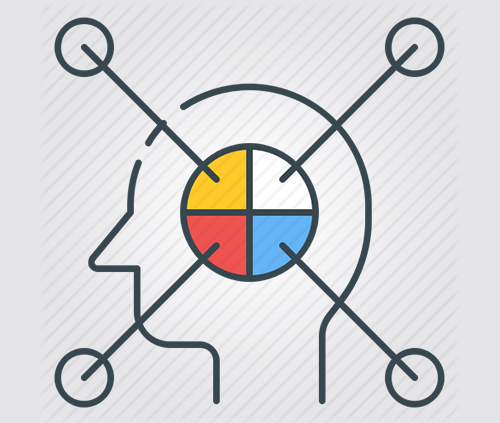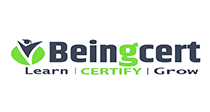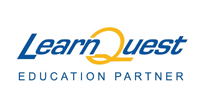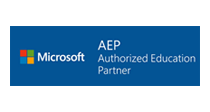Quality and Productivity
Process Management: Mapping and Improvement
Why Attend
A diagram is worth a million words. When it comes to understanding and improving processes, the science and art of process mapping becomes very handy. This is the main theme of this course which aims to develop process mapping skills for participants by helping them understand the different types of process mapping approaches from simple flow charts to value stream mapping. Various process assessments will be presented and discussed. Toyota's famous Lean principles will be explained and used to help participants understand how to improve processes through mapping in service and manufacturing organizations.
Course Methodology
This course will engage participants in various simple and complex process mapping exercises. The course will challenge participants through the use of actual case studies and scenarios. Lectures, group discussions and presentations will be used to achieve the learning objectives.
Course Objectives
By the end of the course, participants will be able to:- Define processes and their importance for the proper functioning of an organization
- Identify the international standards for approaches to processes
- Examine various process assessment methodologies
- Generate process analysis charts and construct process maps for improvement
- Justify the need to measure processes as an improvement tool
Target Audience
Individuals involved in improvement projects, processes identification, work design, productivity improvement or quality auditing initiatives.
Target Competencies
- Process mapping
- Understanding Process improvement
- Applying Lean
- Process measurement
- Using Benchmarking

Course Outline
- Process definitions and elements
- Process definition
- Process approach to improvement
- Advantages of process mapping
- Elements of a process
- Benefits of process maps
- Attributes of a process map:
- Identifying the customer
- What is critical to their satisfaction
- Obtaining process performance data
- How well do our processes satisfy their needs
- The business value chain
- Dening process efficiency and effectiveness
- Stakeholders analysis
- Understanding process approach as per international quality standards
- Understanding process approach
- Process characteristics
- The Plan, Do, Check, Act (PDCA) approach
- Opportunities in terms of reducing cycle time and defects
- Non value added explained
- Process assessments approaches
- Key terms
- Mapping process
- Types of mapping tools
- Simple flow charting
- Geo graphs, spaghetti and workflow diagrams
- Swim lane (deployment) flowcharts
- Supplier, Input, Process, Output, Customer charts (SIPOC)
- Value added and non value added analysis
- Value stream maps
- Cycle time map
- Process hierarchy
- Process maps symbols
- 'IDEF0' process map
- Lean thinking to reduce waste in processes
- The eight types of waste found in processes
- 5S: a framework to organize and maintain your workplace
- Failure Mode and Effects Analysis (FMEA)
- Process analysis and improvement
- Customer oriented processes
- Support oriented processes
- Management processes
- Diagnosis of a process
- Analyzing and improving a process
- The turtle diagram
- Using process maps to identify root causes
- Twelve cornerstone tools to process streamlining
- Problem solving techniques
- Process auditing as a tool for continuous improvement
- Process mapping in six sigma projects
- Process measurement and benchmarking
- The need to measure
- Process Key Performance Indicators (KPIs)
- Benchmarking and the balanced scorecard
REQUEST CALL BACK
Would you like to speak to one of our consulting advisers over the phone? Just submit your details and we’ll be in touch shortly.














